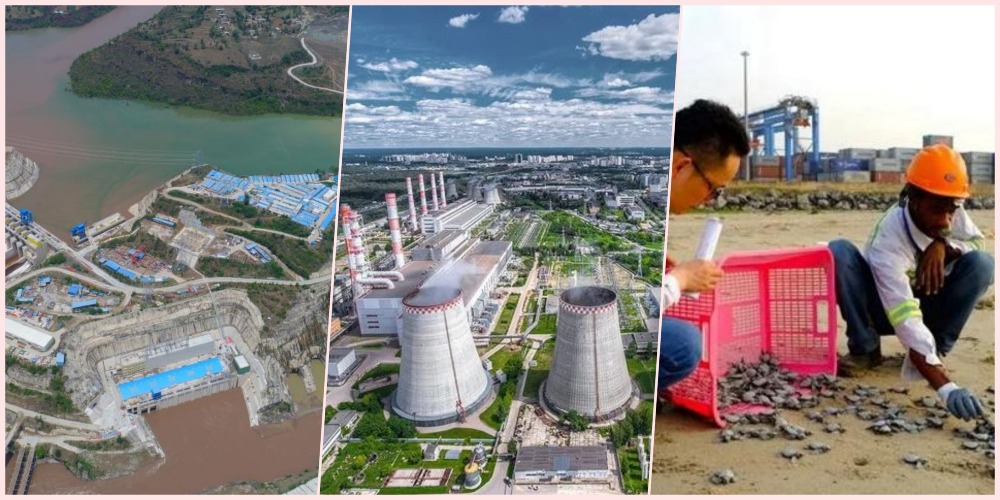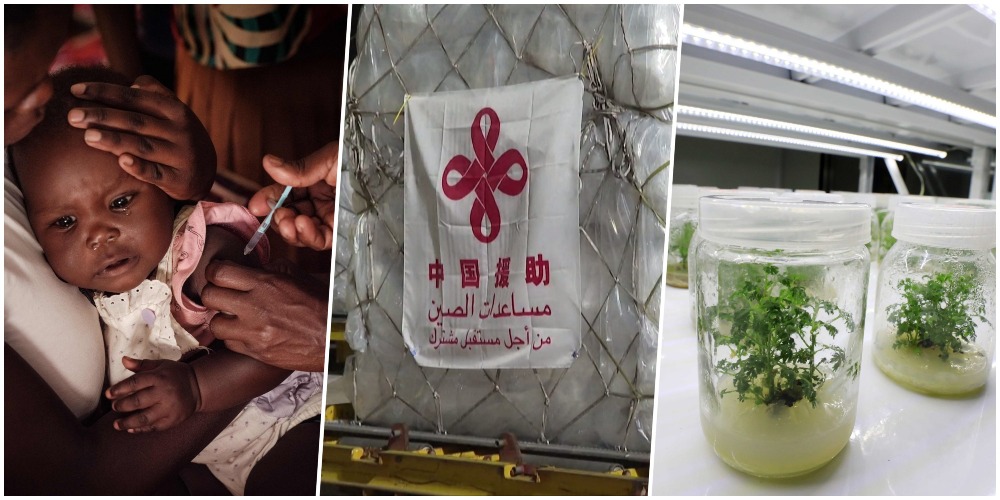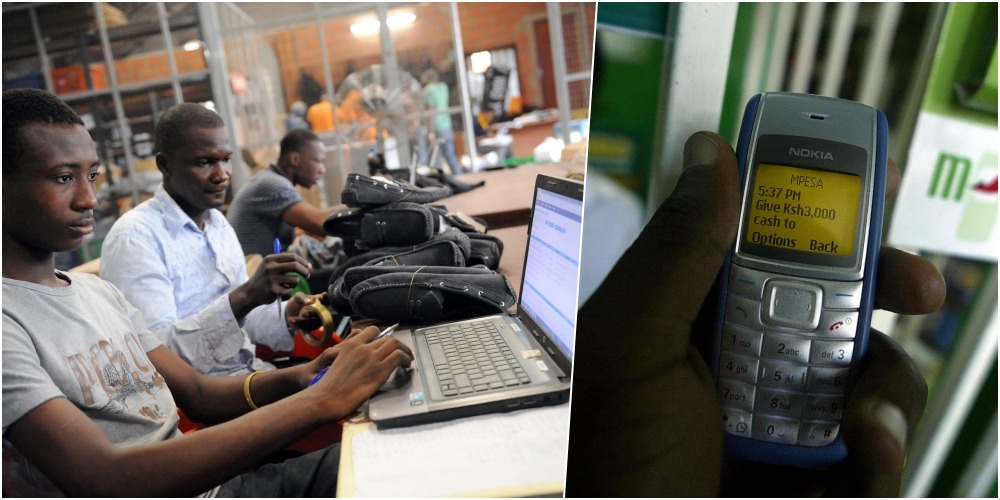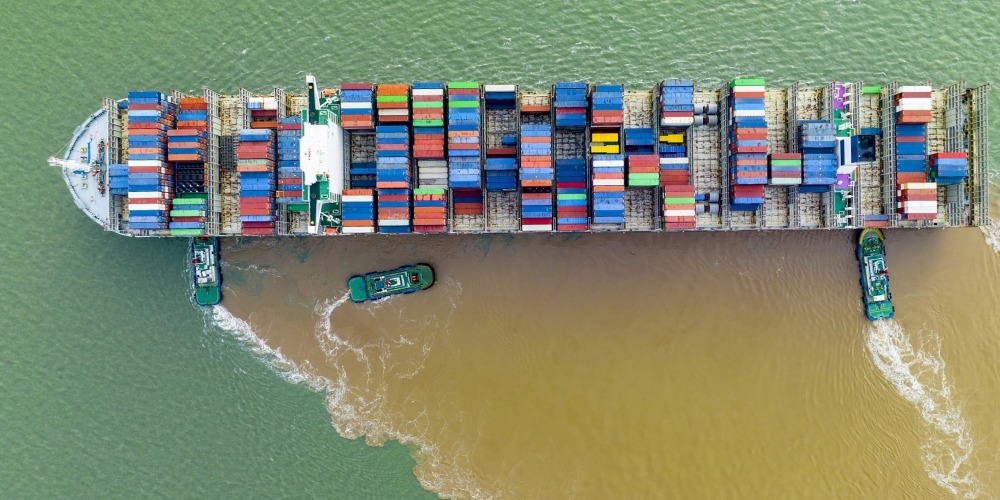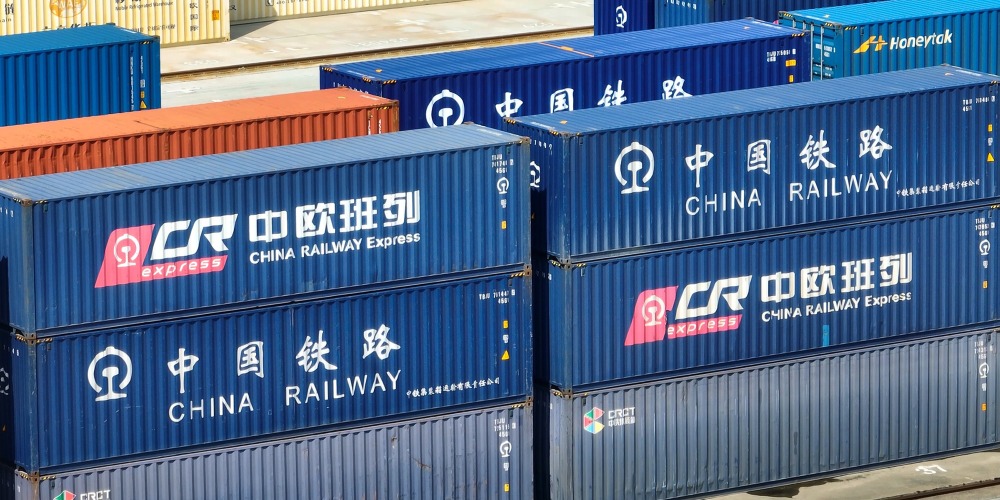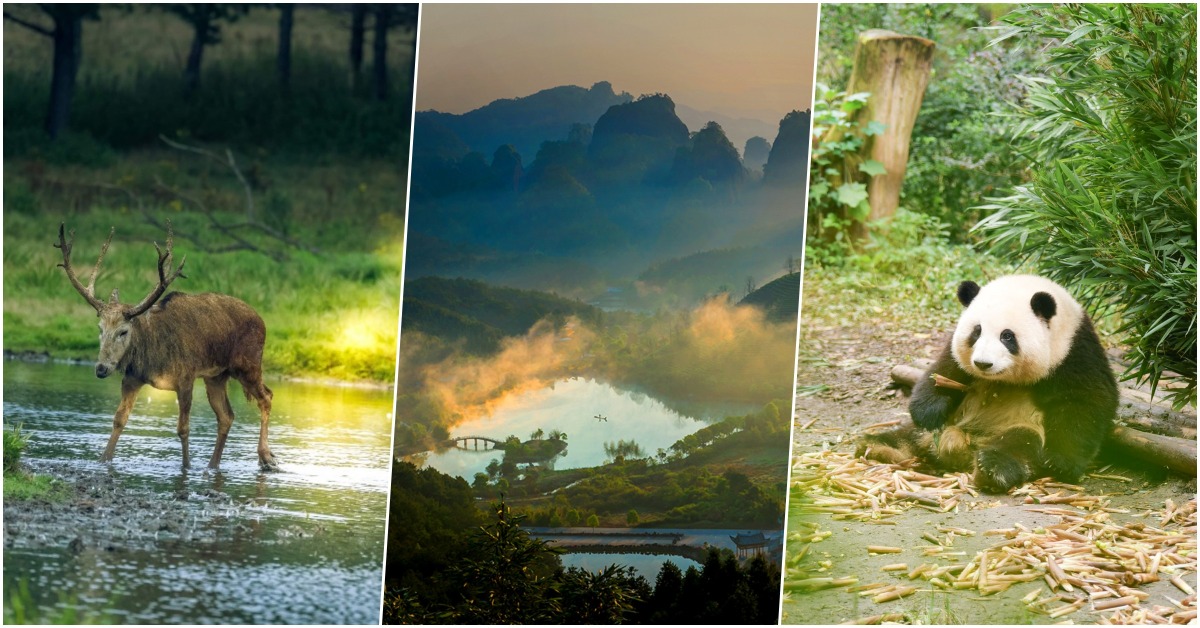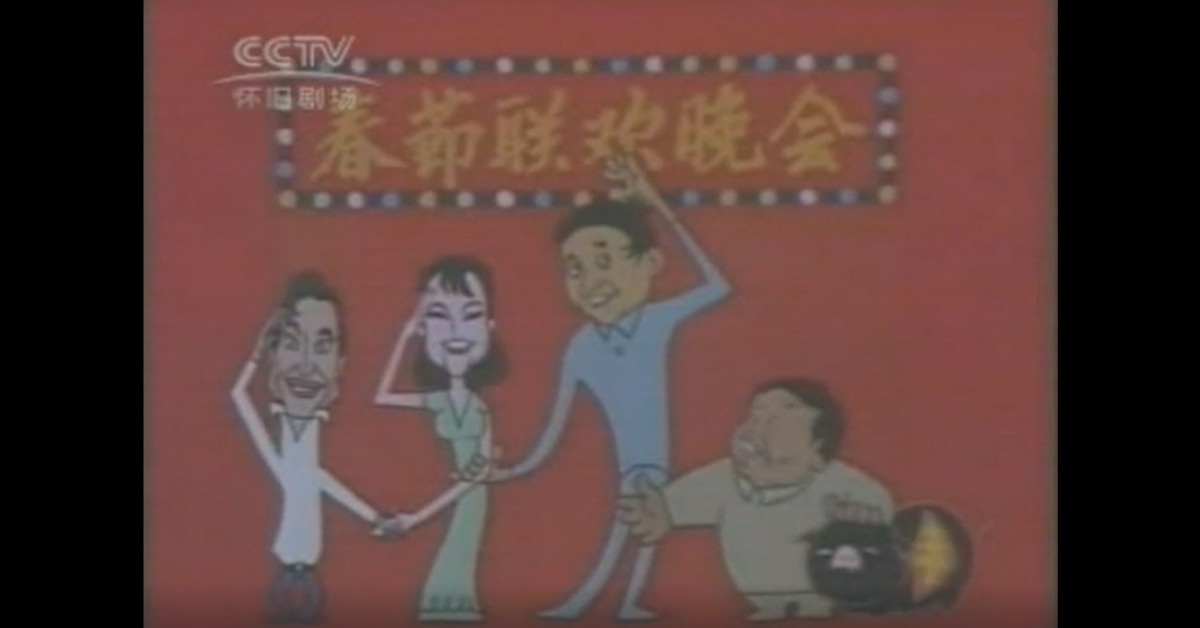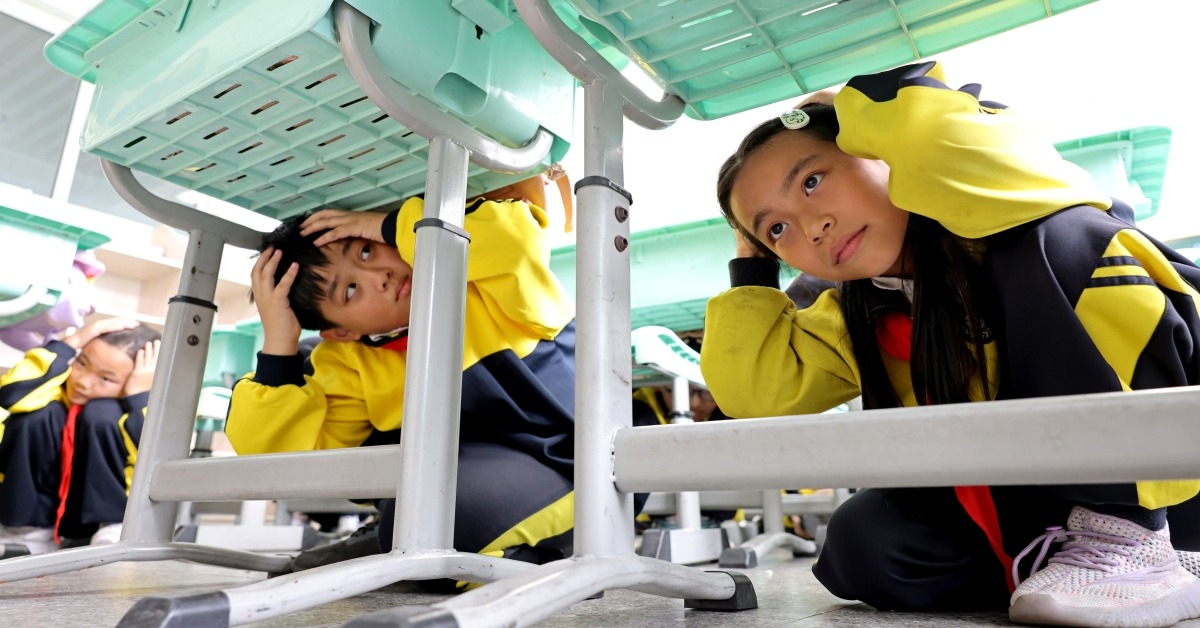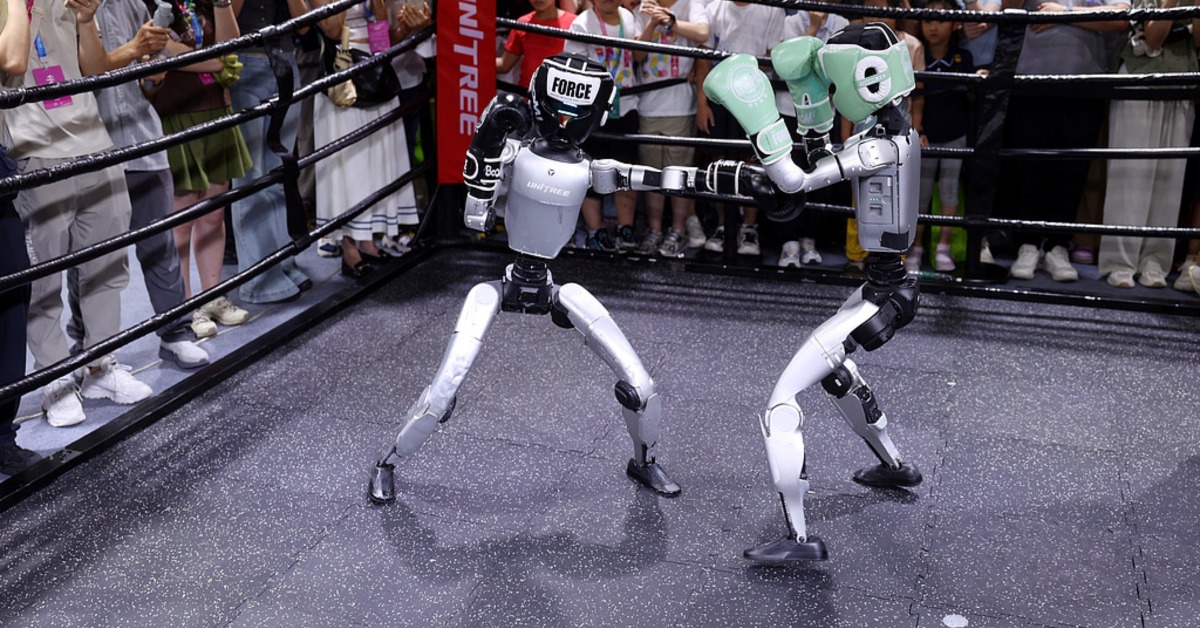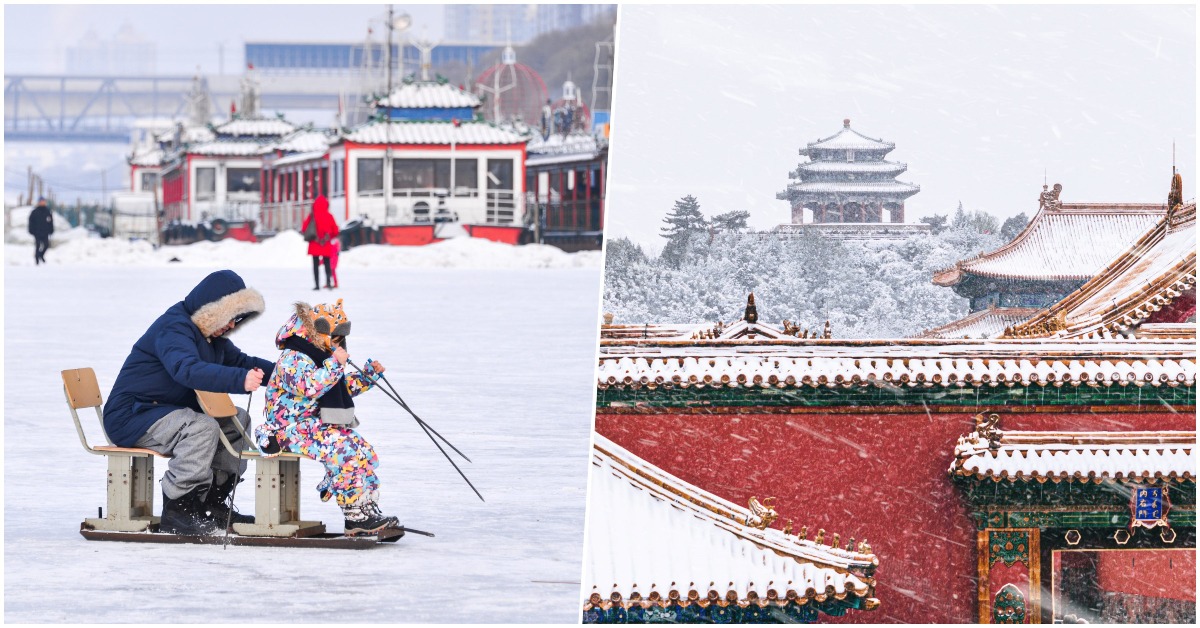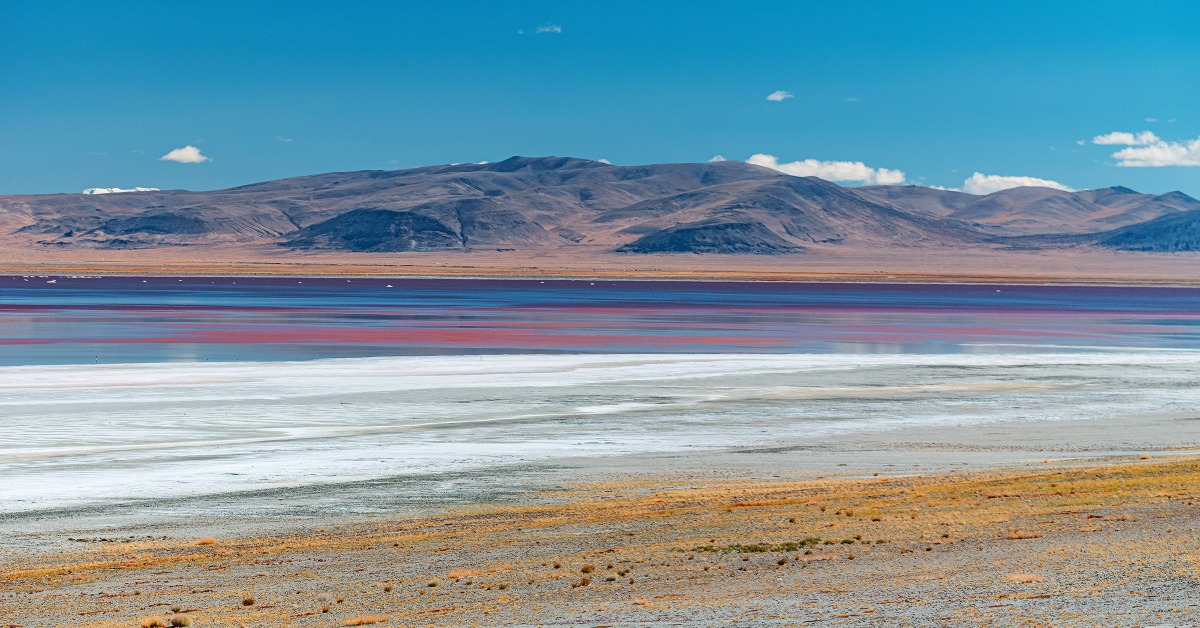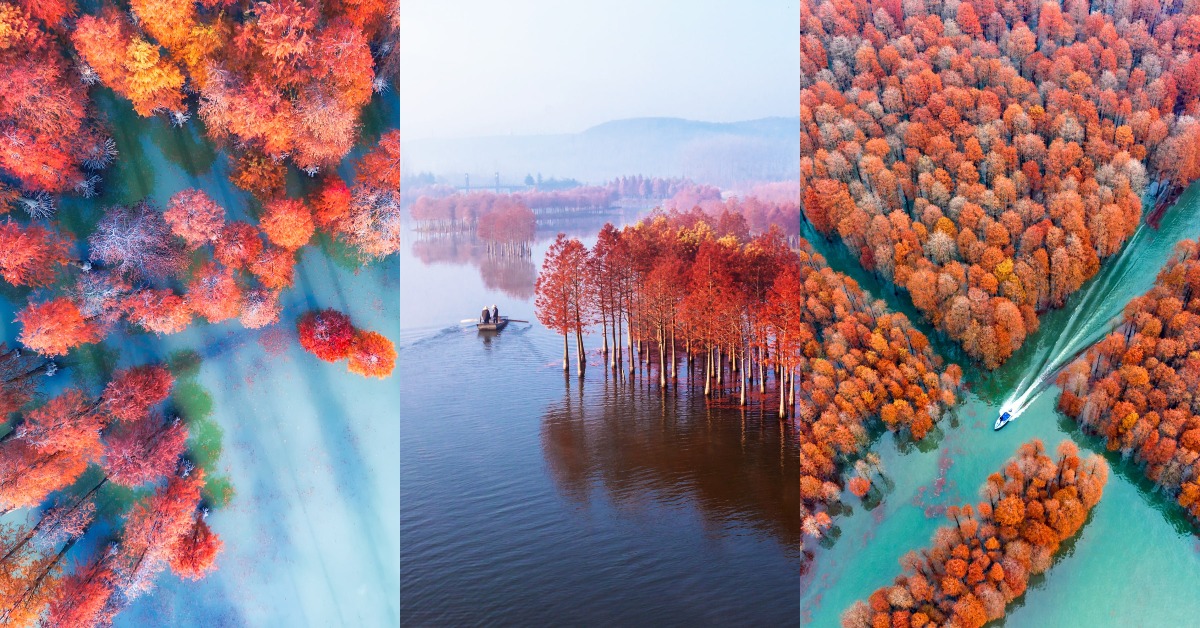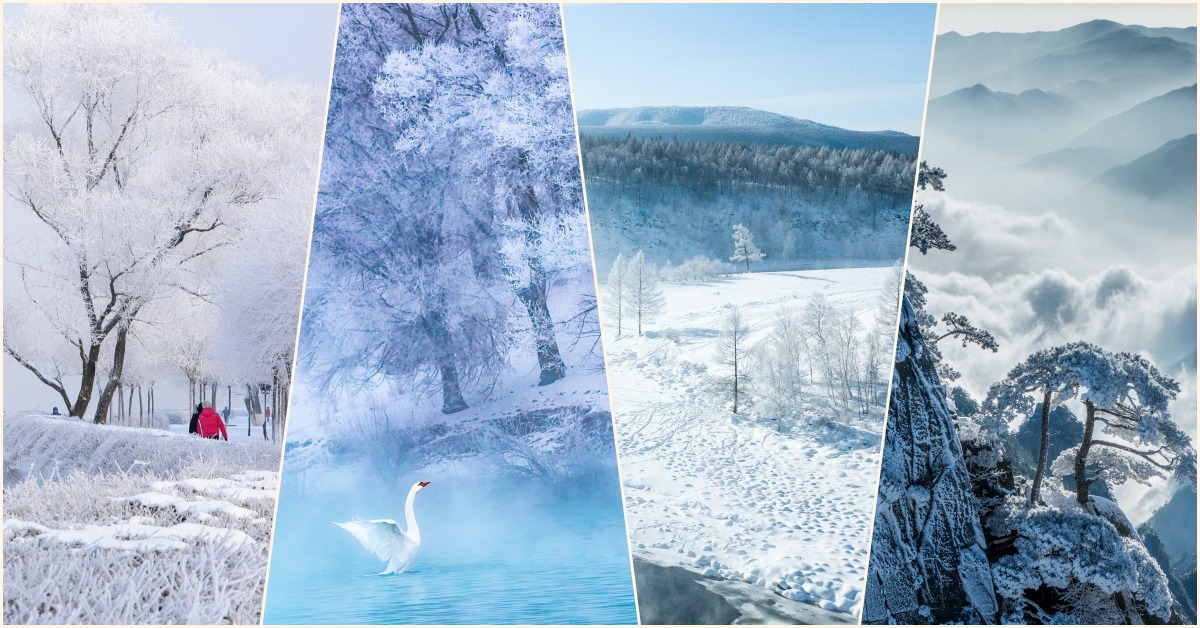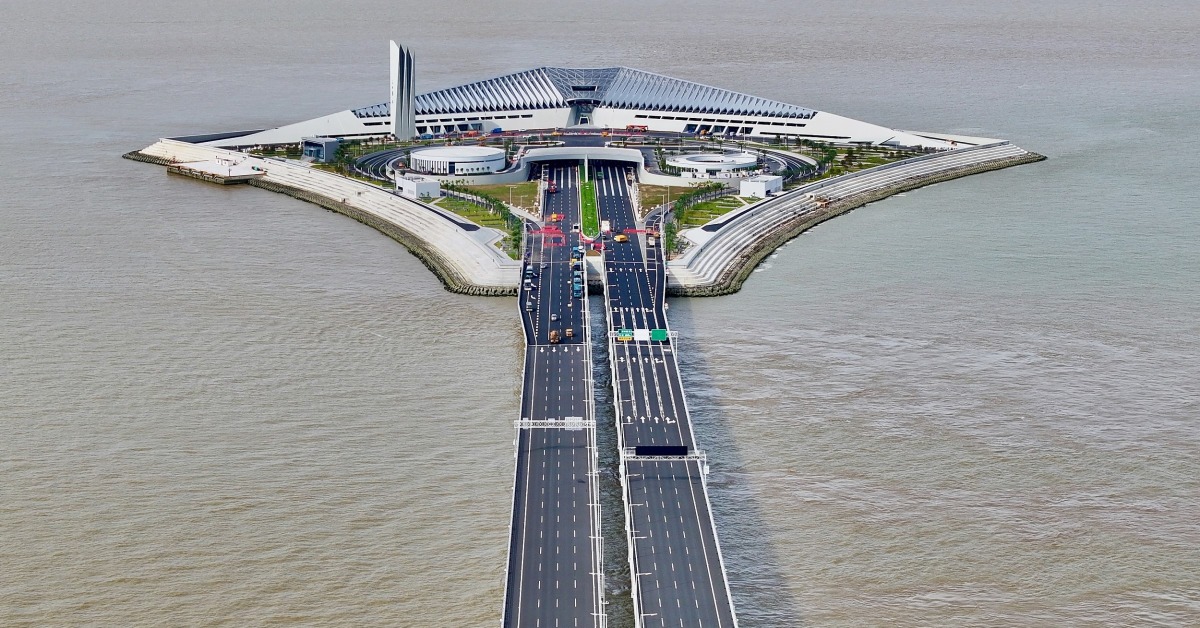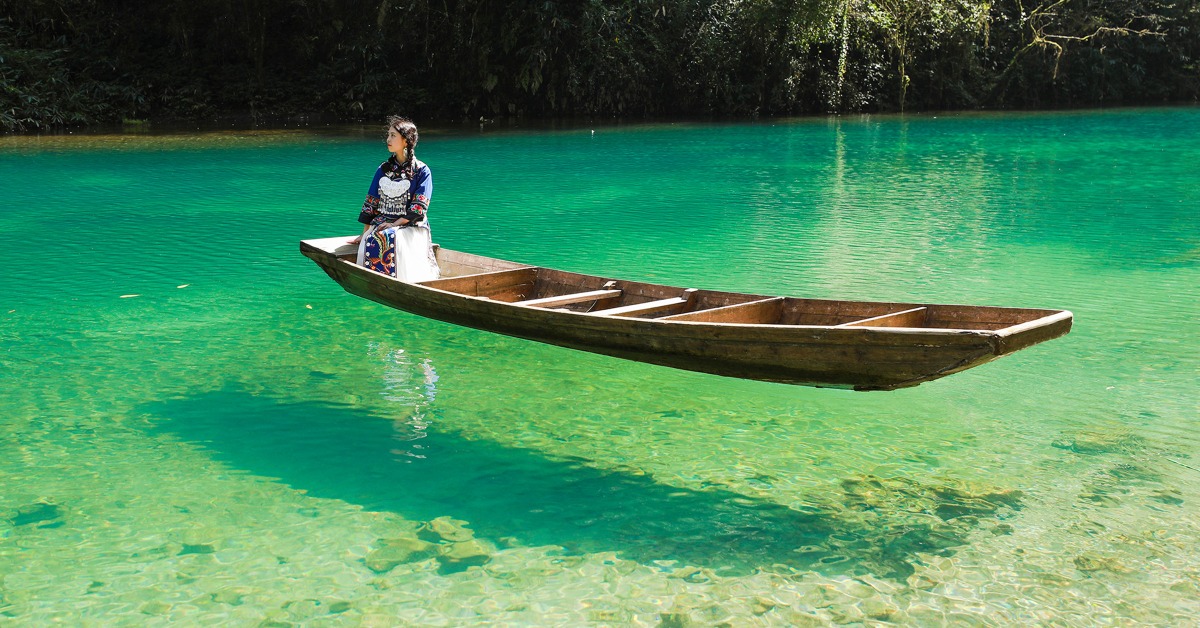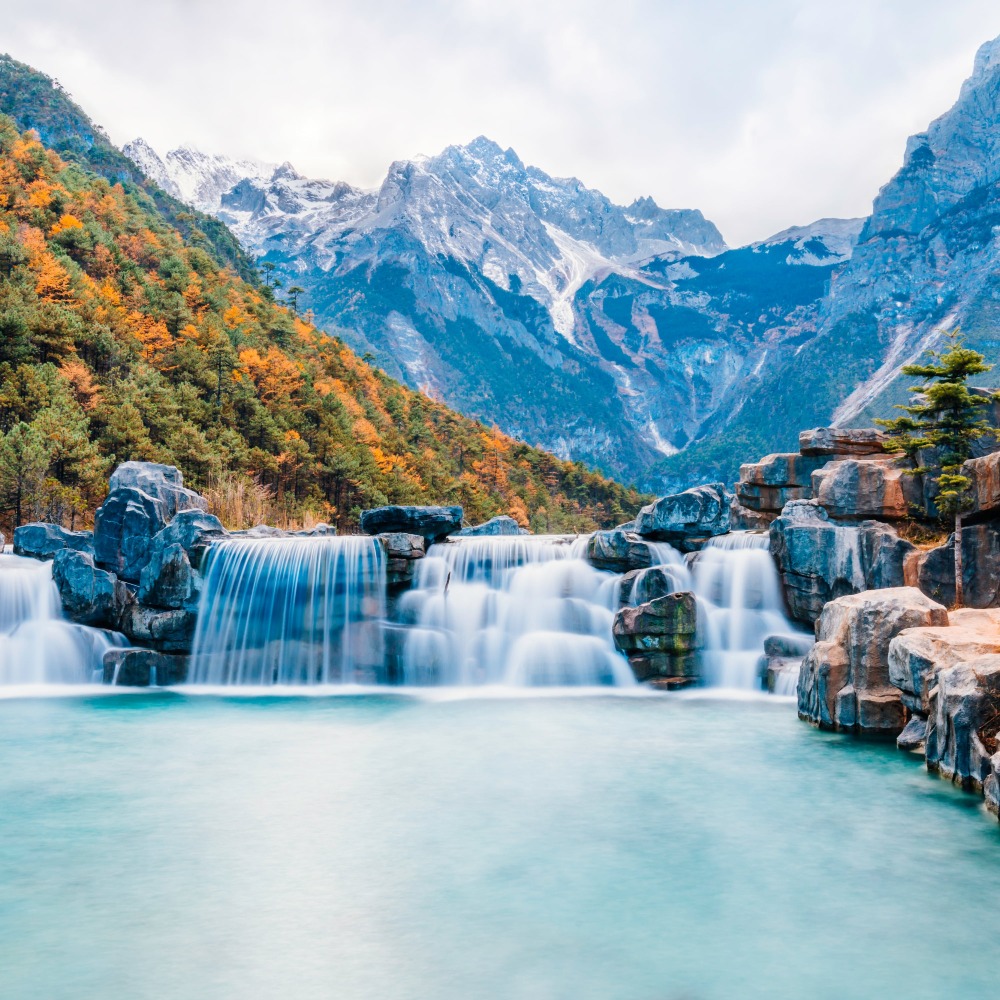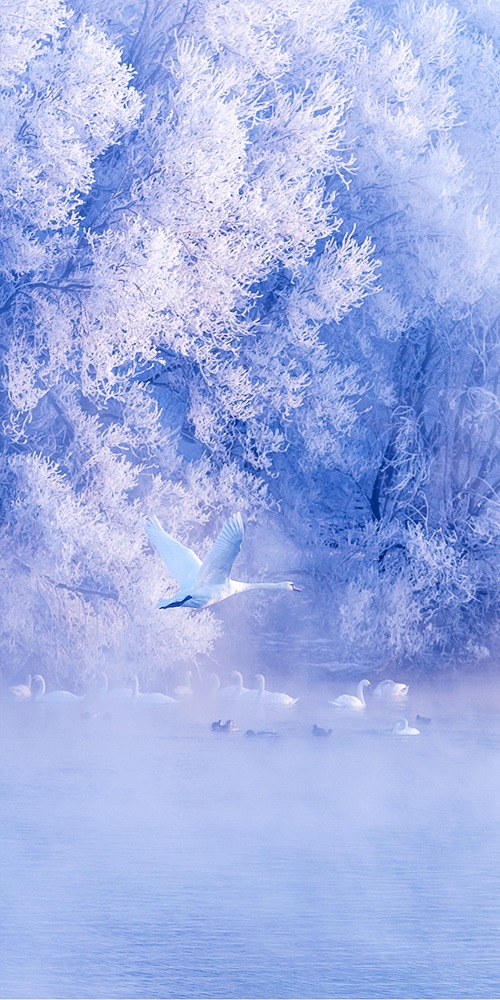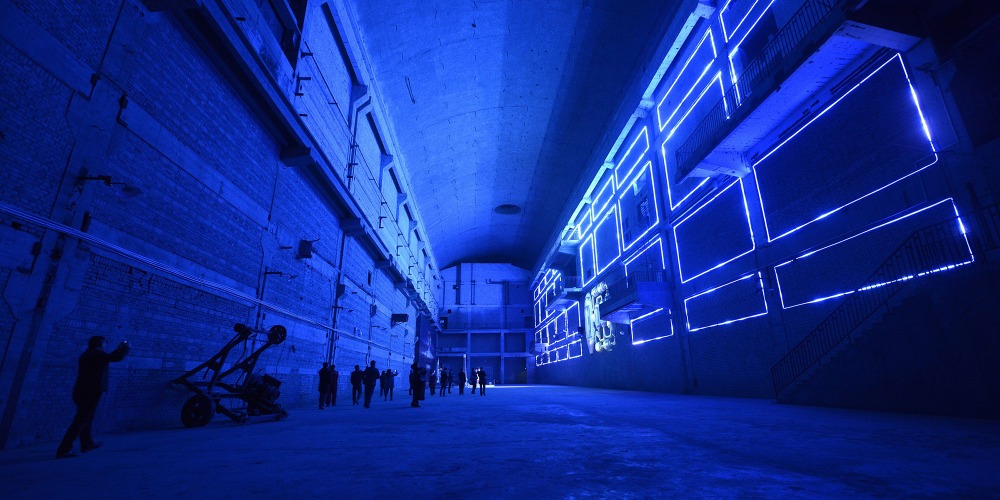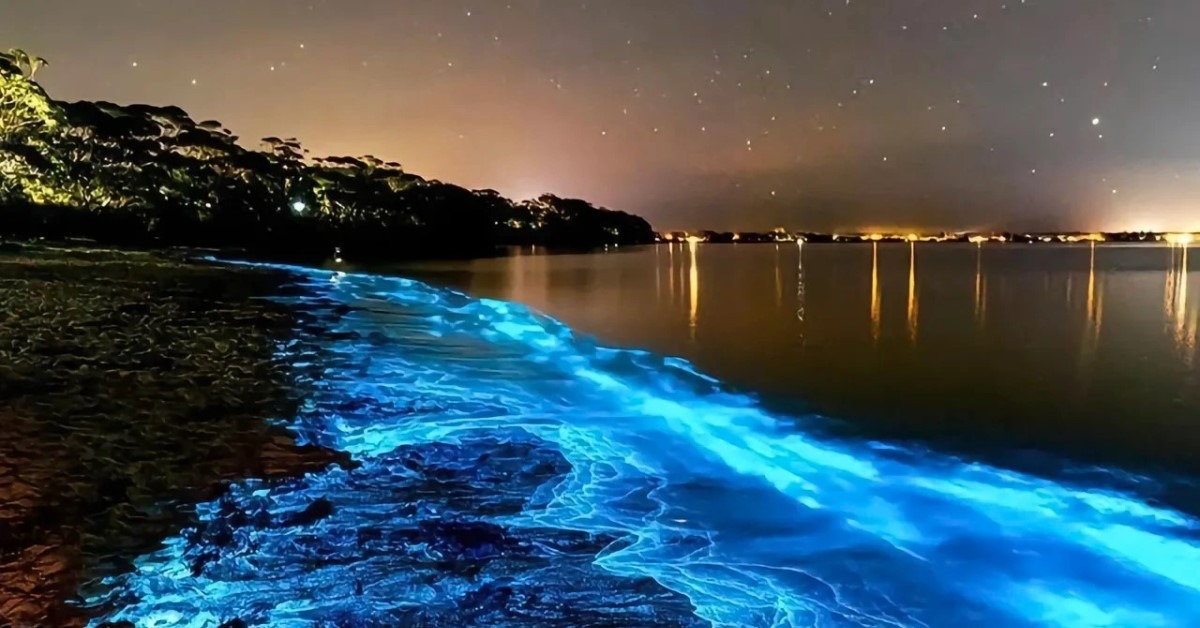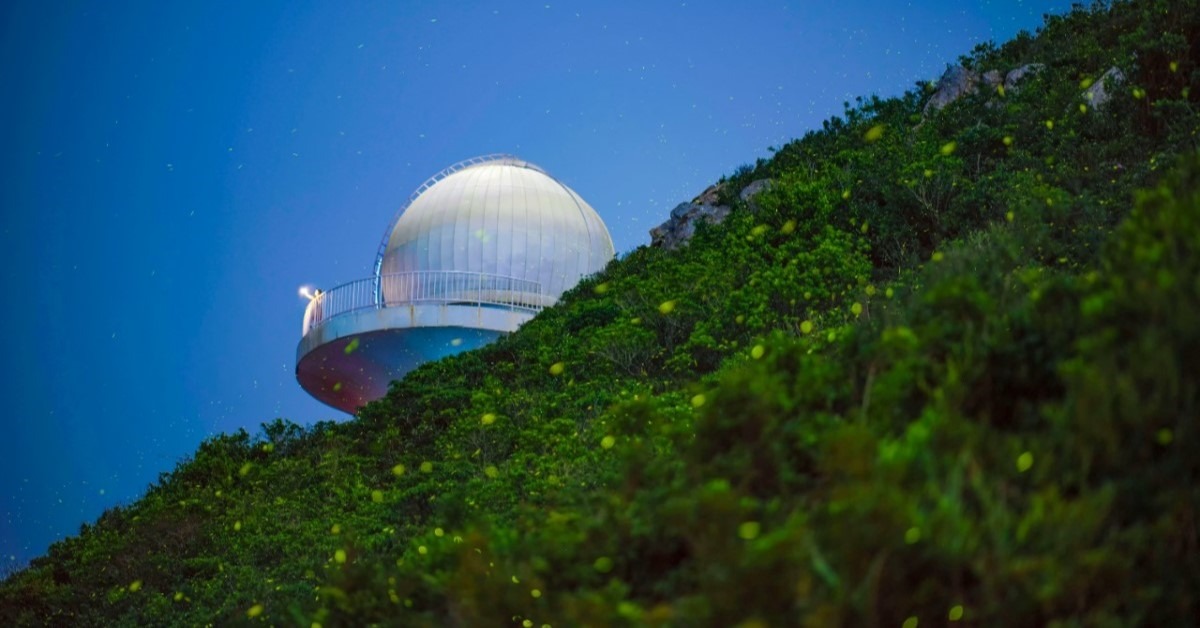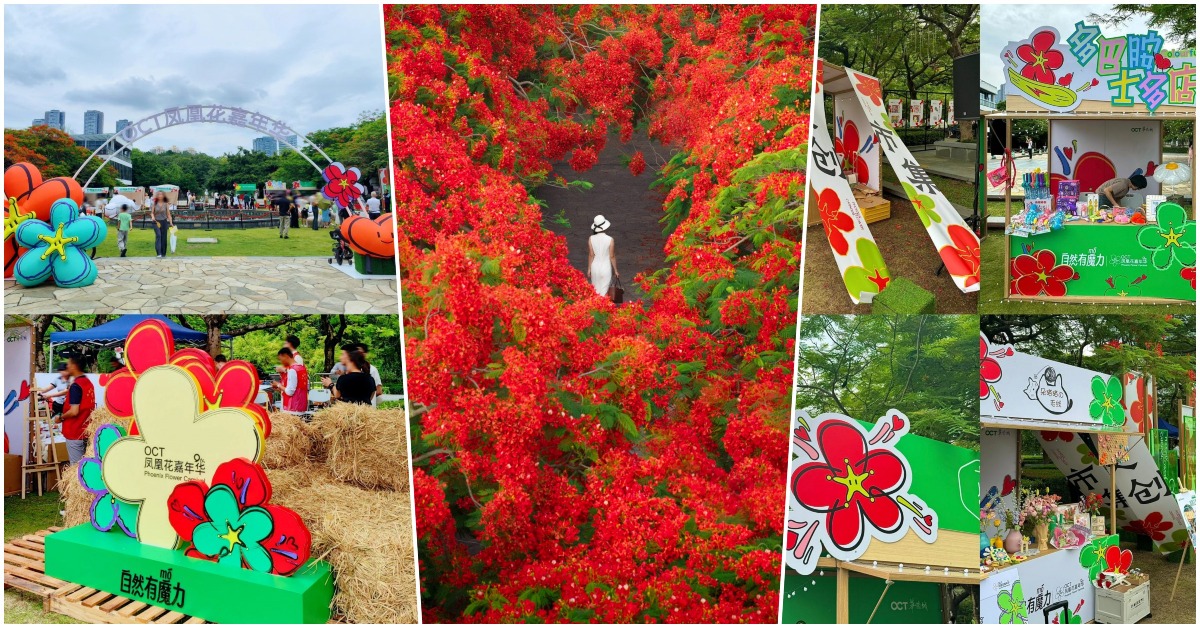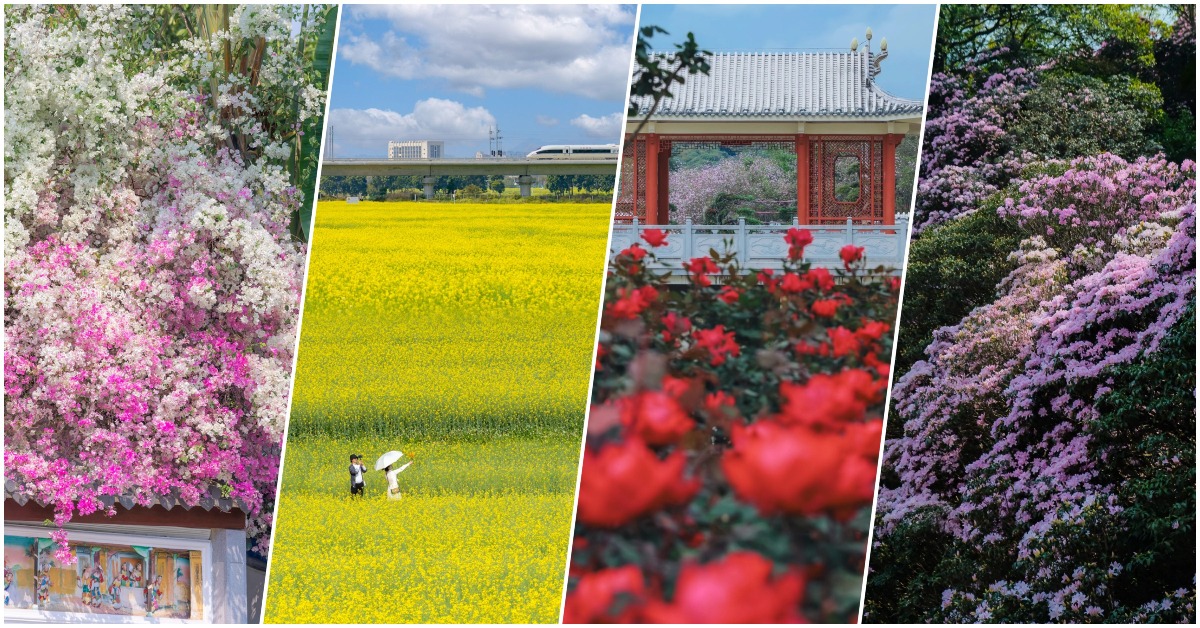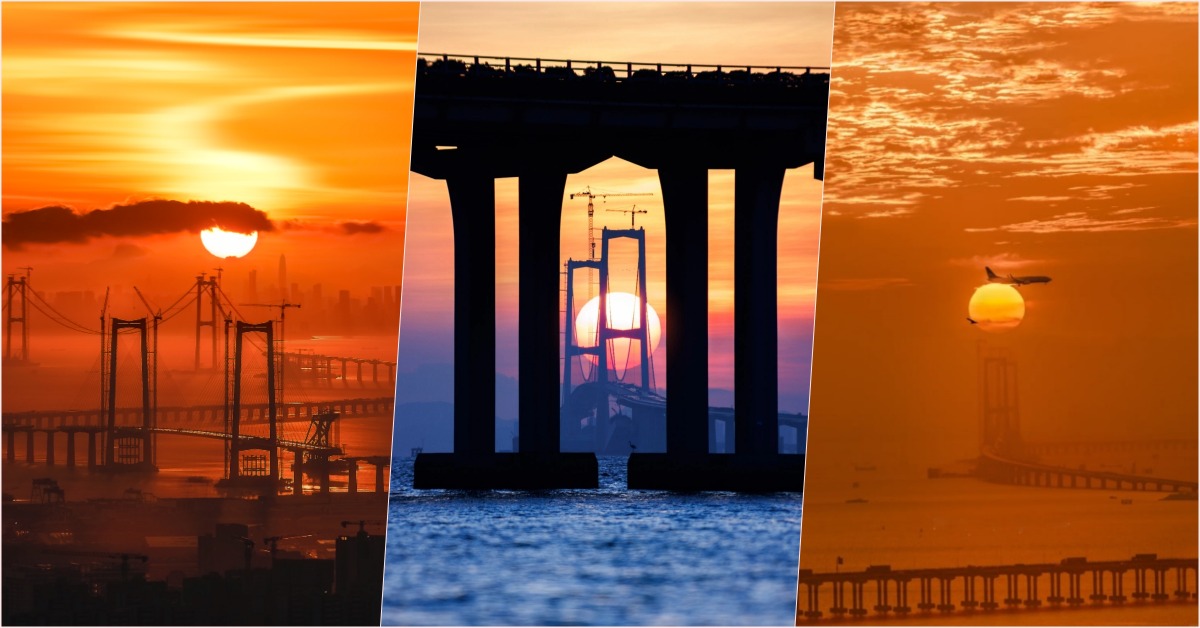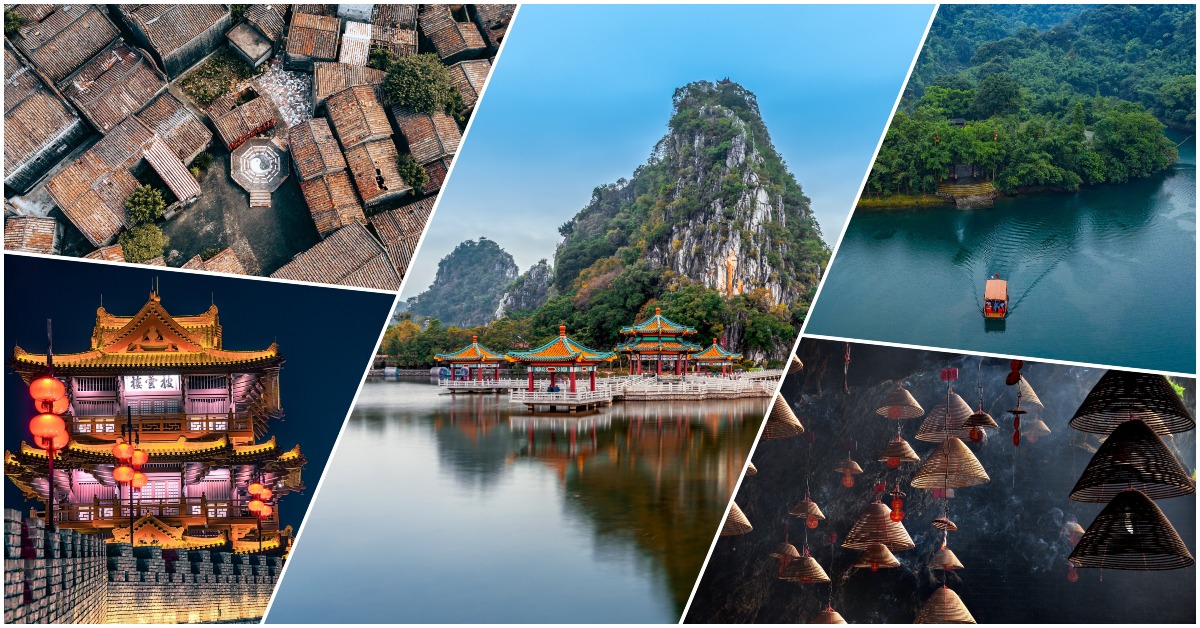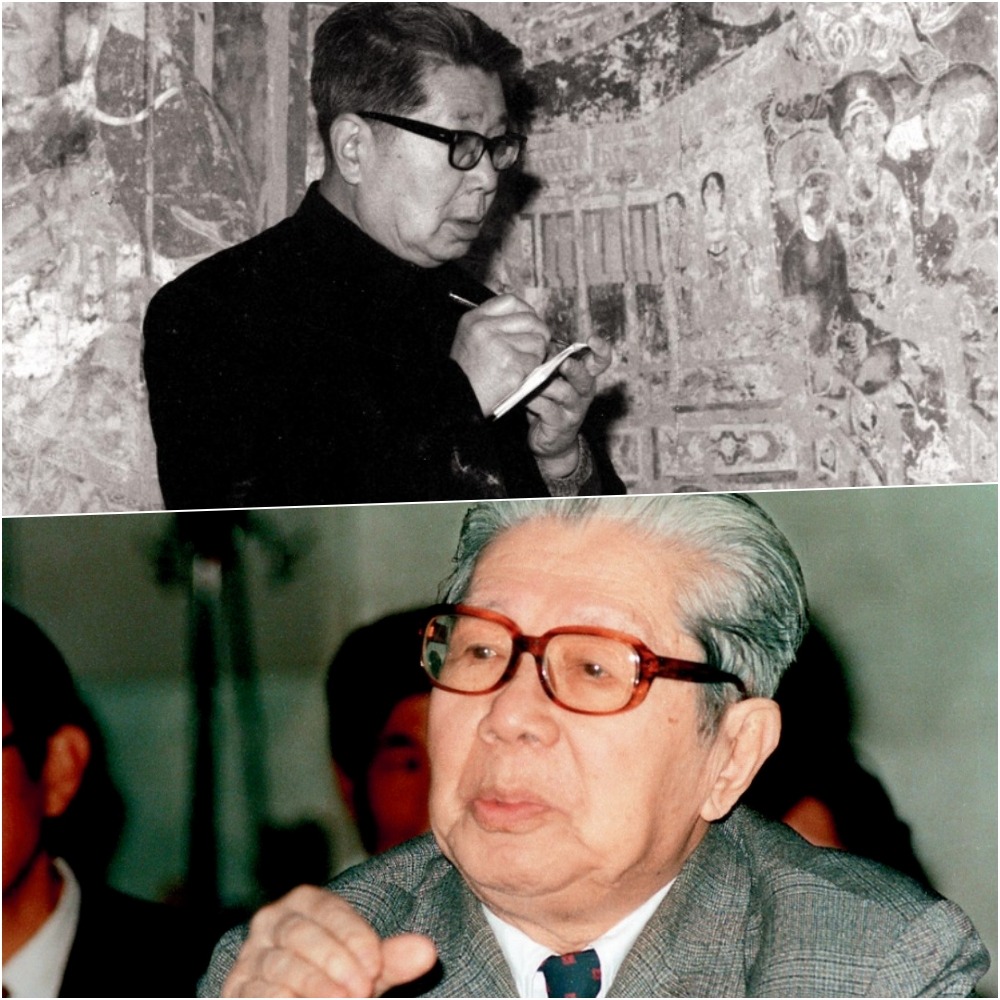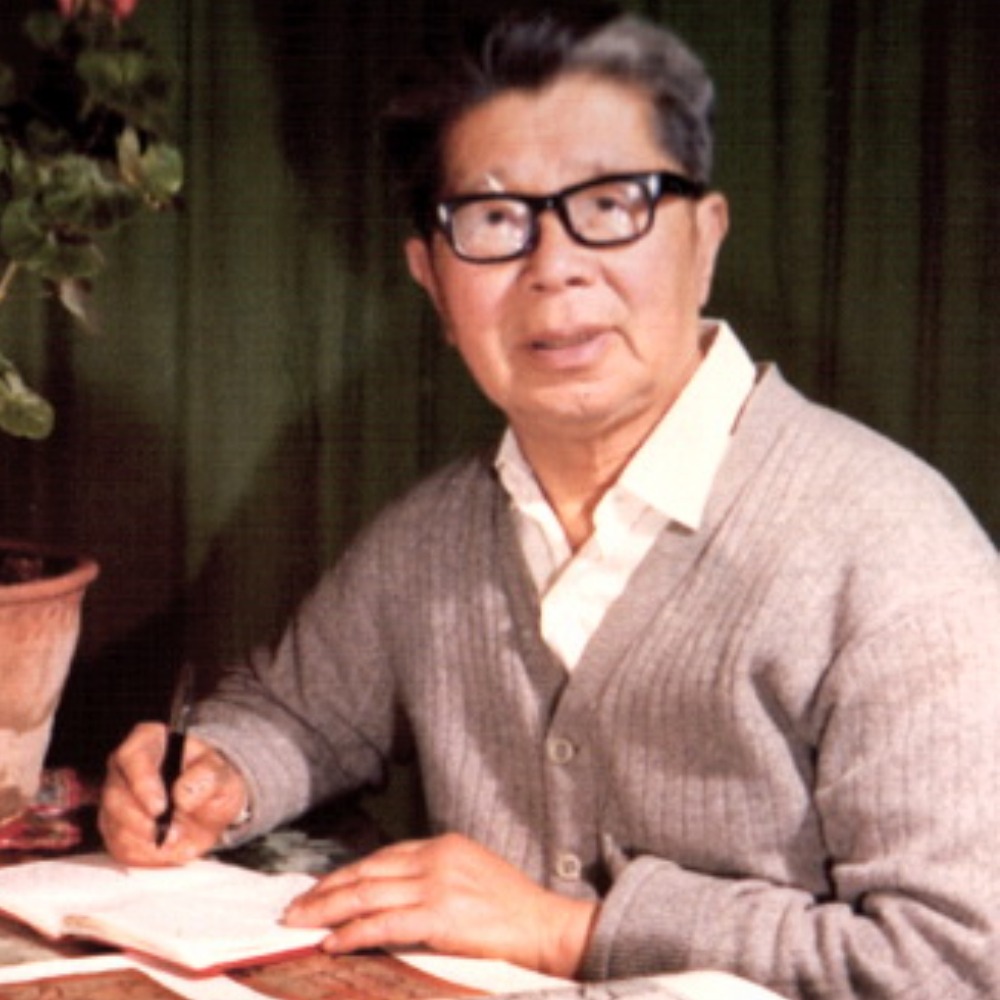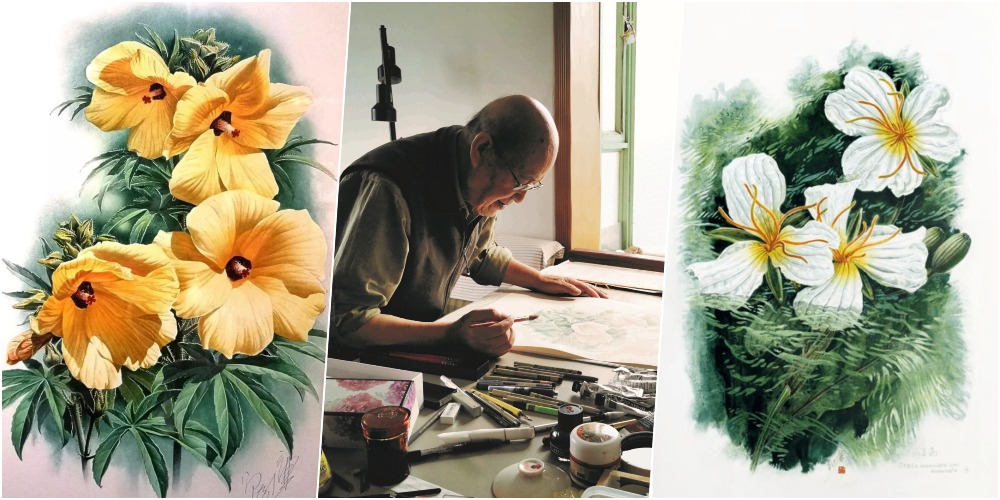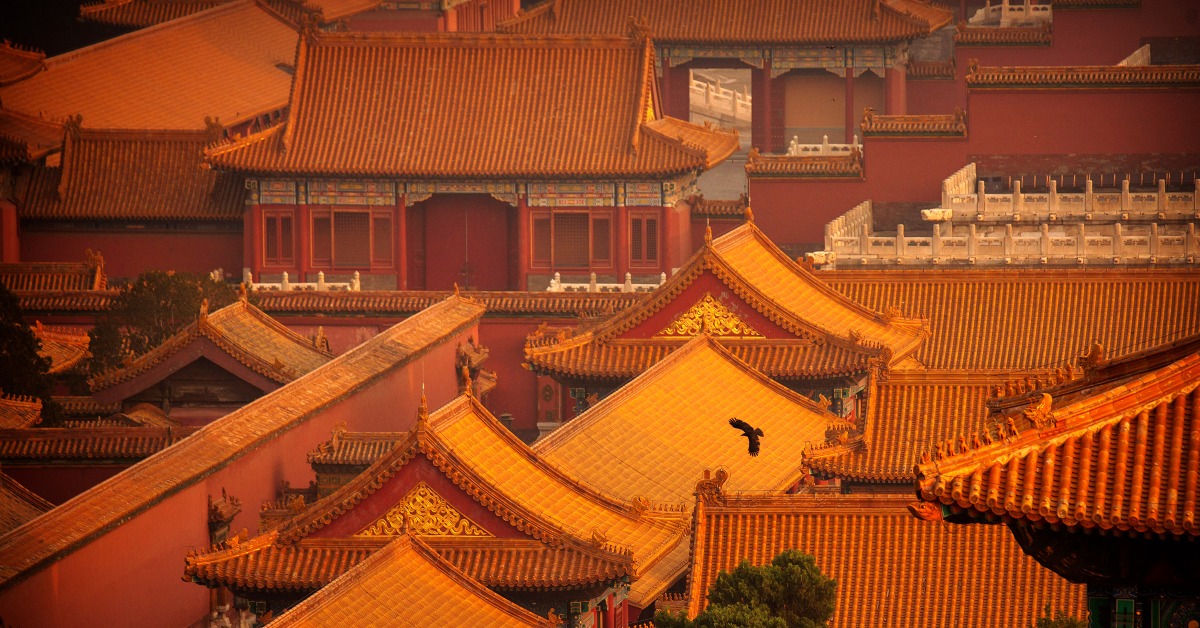Published : 2024-03-04
The Belt and Road Initiative (BRI) has marked its 10th anniversary. From a blueprint in the beginning to the actual result today, the BRI has transformed into tangible development for various countries and welfare for the people.
This article introduces China's efforts of the Green Silk Road, part of the BRI.
Green Silk Road: a solution to global sustainable development
The Green Silk Road (GSR) is a new area expanded from the foundation of the BRI.
Serving as China's solution to the global sustainable development challenges, the GSR first appeared in official documents in 2015 — a vision and action paper jointly released by China's National Development and Reform Commission, the Ministry of Foreign Affairs, and the Ministry of Commerce. The paper proposed the construction of the GSR.
The document stated that "facilities connectivity is a priority area for implementing the Initiative... efforts should be made to promote green and low-carbon infrastructure construction and operation management, taking into full account the impact of climate change on the construction."
"We should promote ecological progress in conducting investment and trade, increase cooperation in conserving eco-environment, protecting biodiversity, and tackling climate change, and join hands to make the Silk Road an environment-friendly one."
After many years of development, the "Green Silk Road Development Report" (2023) was released on the 10th anniversary of the BRI proposal.
This report summarises the achievements made in constructing a green silk road and shows China's key measures and typical cases in supporting green development in participating countries.
These measures and cases are in areas like green infrastructure, green energy, green transport, climate change adaptation, and green finance, etc.
Green Silk Road: five green exchange platforms
From 2015 to 2023, China has been actively practicing the green and low-carbon development philosophy on the GSR, spearheading a series of organisations and platforms to enhance cooperation and information sharing.
The BRI International Green Development Coalition, established in April 2019, is the first international social organisation under the framework of the GSR.
Green infrastructure: Mombasa-Nairobi Railway
The Mombasa-Nairobi Standard Gauge Railway, a flagship project co-built by China and Kenya under the BRI, connects Kenya's capital Nairobi with Mombasa, the largest port in East Africa.
It is the first railway overseas built entirely to "Chinese standards".
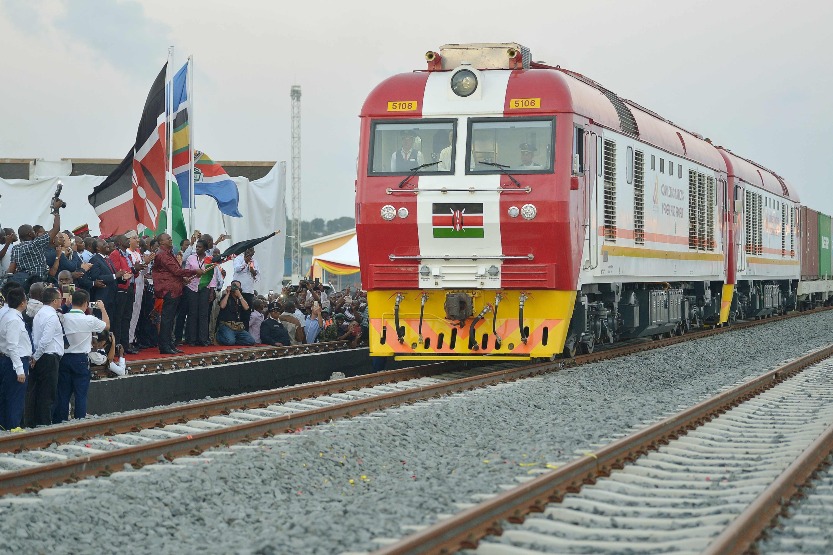
The railway design considers the habits and migration paths of wild animals, and includes 14 large wildlife crossings and 79 bridges with an average height exceeding 6.5 metres, ensuring that large animals such as giraffes and zebras can pass smoothly.
More than 100 culverts are set up to provide sources of drinking water and migration channels for animals, along with the delineation of ecological protection red lines to protect the local mangrove wetland parks.
The Tema New Container Terminal project in Ghana, situated off the west coast of Africa on the Gulf of Guinea, is currently the country's largest maritime project.
As Ghana is an important breeding base for turtles, Chinese enterprises have built a "Turtle Nursery Centre" to protect the turtles in the area where the project is planned, in an effort to minimise the impact of construction on turtles.
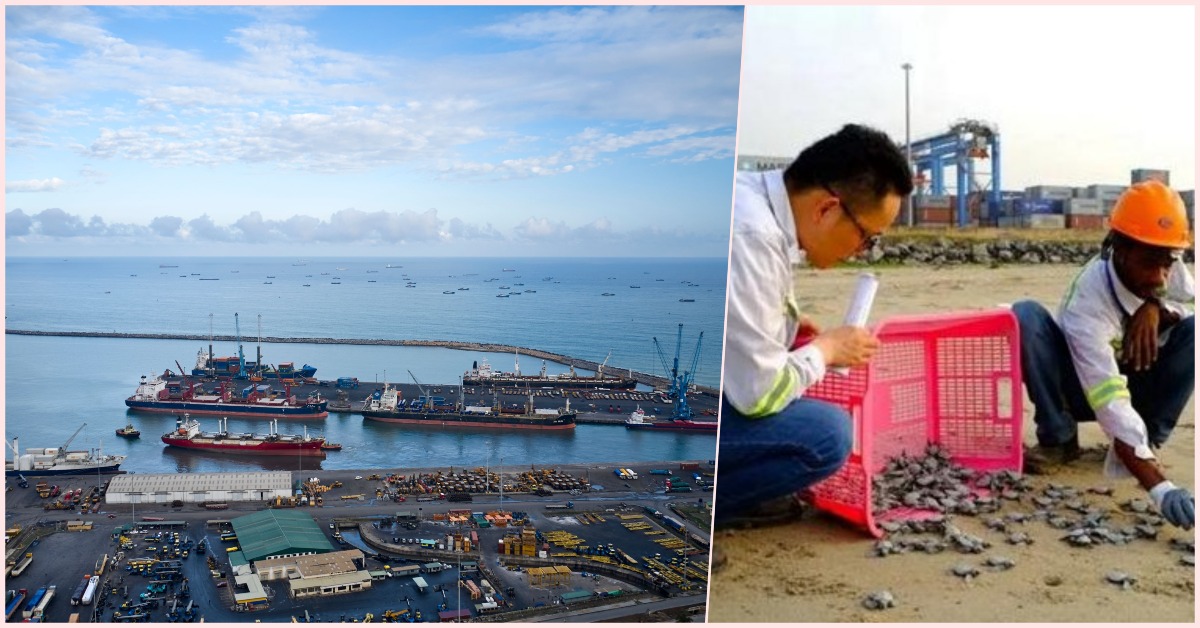
Green Energy: Pakistan's hydropower station
In terms of green energy, China has cooperated with over 100 countries around the globe in the fields of solar power, wind power, hydropower, thermal power, etc.
The Karot Hydropower Station in Pakistan is the first hydropower project of the China-Pakistan Economic Corridor, commissioned in 2022.
The Hydropower Station has a total installed capacity of 720,000 kW, generating an average annual output of 3.2 billion kWh, meeting the electricity demand of about 5 million local people. It can save 1.4 million tonnes of standard coal annually.
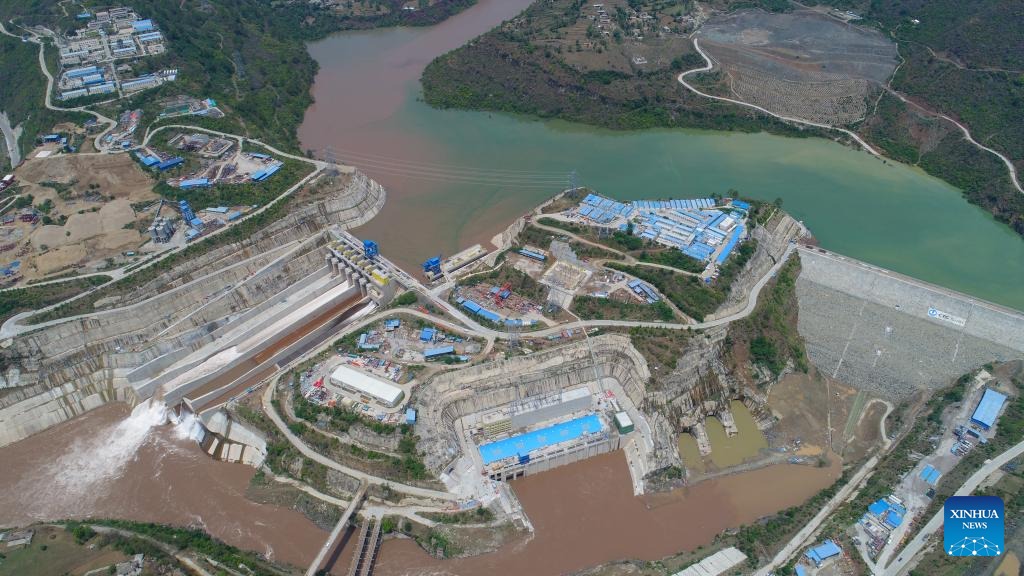
According to data from China's National Energy Administration, in 2022, China's renewable energy power generation was equivalent to a reduction of about 2.26 billion tonnes of domestic carbon dioxide emissions, and the exported wind power and photovoltaic products have helped other countries reduce carbon emissions by around 573 million tonnes.
The combined reduction amounts to 2.83 billion tonnes, accounting for approximately 41% of the world's same-period renewable energy carbon reduction equivalent.
Green Transport: China-Laos Railway
In terms of green transport, China gives multiple considerations to the environment during the survey and design phase of infrastructural projects such as railways, highways, and airports being implemented in partnering countries.
The China-Laos Railway is one such example. Prior to the construction, Chinese enterprises and Laotian experts carried out a thorough environmental assessment and strictly implemented environmental protection measures to create the green eco-railway.
The railway has a total green area of about 3.07 million square metres. Sludge storage ponds and 157 sedimentation ponds have been set up at the tunnel construction entrance to protect water resources, which have made it a model project for the Green Eco-Railway in Laos.
Addressing climate change
China is actively enhancing the abilities of partnering countries to address climate change. As of November 2023, China has signed 48 climate change cooperation documents with 39 partnering countries and co-built several low-carbon demonstration zones.
The first low-carbon industrial park is the low-carbon demonstration zone in Saysettha, Vientiane, Laos, which provides assistance in the form of solar street lights, new energy vehicles, and environmental monitoring equipment amongst others.
The demonstration zone was officially launched in 2022, slated to reduce about 1,243 tonnes of carbon emissions annually, equivalent to planting 100,000 trees.
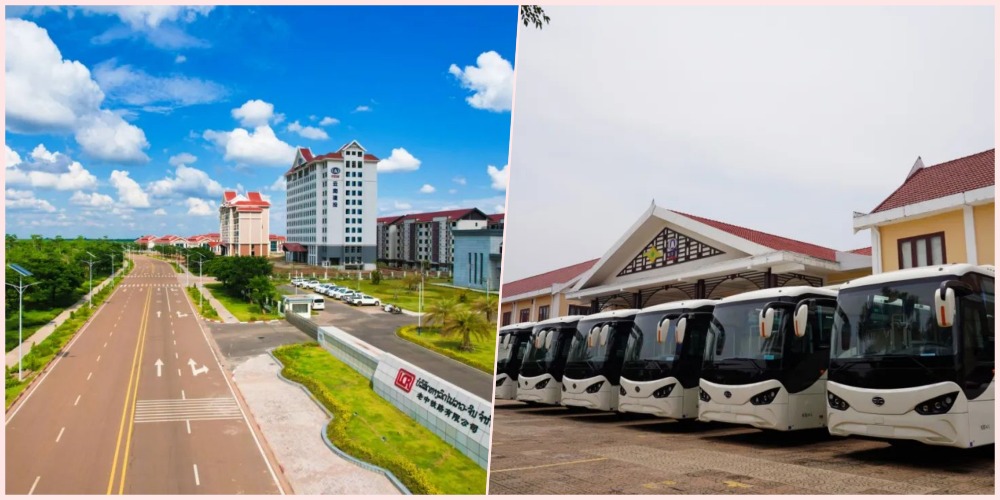
The low-carbon demonstration zone is driving the development of Vientiane New City into a model for low-carbon and environmental-friendly cities in Laos and ASEAN countries.
Green Finance: create green investment platform
China is not only supporting partnering countries in developing green construction but is also actively building a green finance development platform, encouraging and guiding financial enterprises to expand green investments supporting the development of the Green Silk Road.
The Green Investment Principles (GIP) advocate transparency in partnering countries’ environmental information, the use of green financial tools, and 7 other principles to increase national transparency and attract potential investors.
Currently, there are 46 financial institutions and firms from 17 countries participating, with members managing or holding total assets amounting to 41 trillion USD. They have set up regional offices in Central Asia and Africa.
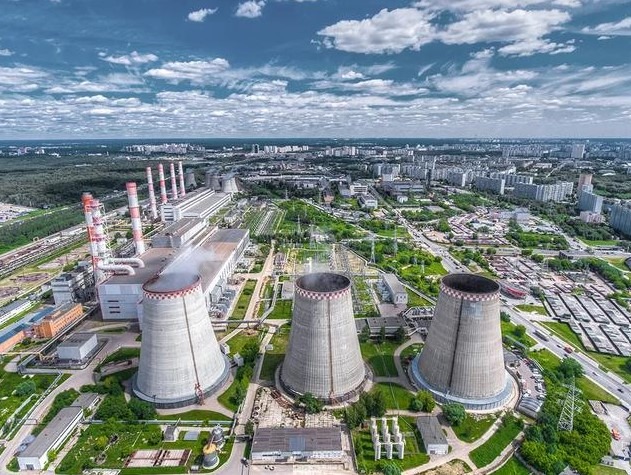
Under the framework of the GSR, China has assumed the leading role, connecting various countries, coordinating major financial institutions, and working collaboratively to achieve fruitful outcomes.
Read more: Belt&Road|What's RCEP? How does it supplement the BRI?
Read more: Belt&Road|What are Luban Workshops?
